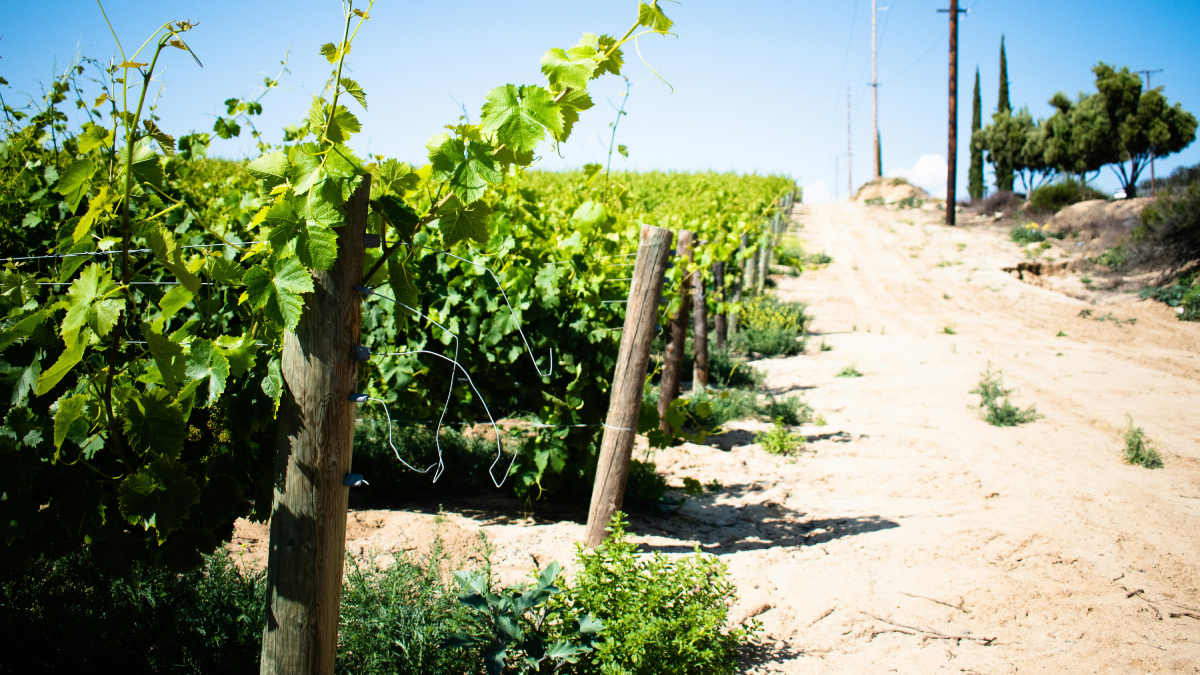By tracing the evolutionary history of beneficial soil microbes, scientists hope to unearth a sustainable solution for producing food to feed a growing global population.
agriculture
Forests, Water, and Livelihoods in the Lesser Himalaya
Complex changes in land use, land cover, climate, and demographics are combining to stress water security for millions of people in the region.
How Tungurahua Volcano Dropped Heavy Metals into Ecuador’s Food Supply
When Ecuador’s Tungurahua volcano erupted multiple times between 1999 and 2016, nearby farming communities were covered in ash, which left heavy metals in their crops.
Climate Change Threatens 70% of Winemaking Regions
In regions where natural resources are scarce or economies depend on producing certain wines, adapting and diversifying grape crops is easier said than done.
The Crocodile Dundee Site Helping Rewrite the History of Australian Bushfires
A lake made famous by Hollywood has yielded powerful new evidence that humans have conducted controlled burns on the Red Continent for tens of thousands of years.
التربة المكهربة تزيد نمو النباتات
خمسة أيام من الكهرباء المنخفضة الجهد الموجهة إلى جذور النباتات الناشئة عززت نموها بأكثر من 50 بالمئة.
What Happens to Nutrients After They Leave Agricultural Fields?
To better quantify the fate of nutrients after they are released from agricultural fields, scientists examine storage and nitrate export regimes in agricultural hydrology systems.
Groundwater Levels Are Dropping Around the World
Well data from around the world show declines driven by water use and climate change.
Electrified Soil Powers Plant Growth
Five days of low-power electricity directed to the roots of young plants boosted their growth by more than 50%.
The Unfair Share of Shade in California’s Central Valley
Researchers find that disadvantaged communities in Fresno are significantly sunnier and hotter than wealthier ones.










